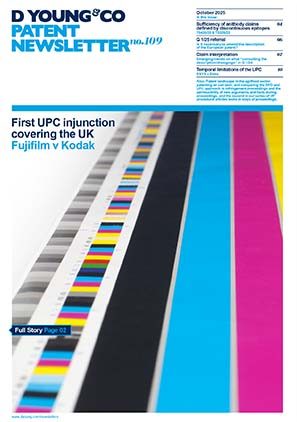A brief rundown on satellite telecommunications
Advancements in 5G and 6G are transforming satellite communication with the ultimate aim of providing global connectivity. Previous generations of wireless communication standards (such as 2G) utilised satellites to extend mobile coverage in remote areas. These satellites primarily operated as backhaul by relaying communications between terrestrial base stations and a core network. Current developments in 5G and 6G improve on this by allowing the satellite itself to act as a base station. This therefore enables direct connectivity between satellites and mobile phones (known as satellite direct-to-cellular (D2C) communication) or internet of things (IoT) devices (satellite direct-to-device (D2D) communication).
Advantages of D2D/D2C Communication
The realisation of D2D/D2C communication between mobile devices can provide significant advantages including:
- Extending mobile coverage beyond that of terrestrial coverage. It is envisaged that coverage could be extended almost globally and in particular to environments where it is difficult to construct terrestrial base stations such as at sea or in the air. Mobile coverage may be more readily provided to rural areas without ground-based infrastructure. Furthermore, coverage may be more dependably provided in scenarios where mobile devices are passing between the coverage areas of terrestrial base stations rapidly, such as on high-speed trains.
- Increased reliability. Satellites are less likely to be affected by natural disasters such as earthquakes or tsunamis which may disrupt the operation of terrestrial base stations. Therefore, emergency services can rely on satellite communication during natural disasters.
- Extended IoT application. Low-power IoT devices can be deployed in remote locations such as fields, ships at sea or oil rigs, and can maintain connectivity through satellites.
- Lower latency and higher throughput compared to existing satellite coverage.
Technical challenges with D2D/D2C communication
While exciting progress is being made in satellite communication, and in particular in D2D/D2C communication, there are significant technical challenges in its implementation. For example:
- Power. Since there is a large distance between mobile devices and satellites, a significant amount of power is required for those devices and satellites to communicate directly. This is especially challenging for low-power IoT devices. Furthermore, power must be carefully managed for satellites, since they typically spend significant time in eclipse during which they cannot generate power from sunlight.
- Efficient frequency usage. Since satellites are allocated with fixed frequency bands for communication, it is important that throughput within these frequency bands is maximised.
- Satellite hardware. Satellites need to be resistant to radiation, extreme temperatures and vibration during launch. The size and weight of satellites should also be minimised to reduce power consumption.
- Device hardware. Devices may need to be configured with specialised hardware to enable direct communication with satellites.
The above technical challenges represent just some of the problems faced by innovators in the satellite communications industry in the coming years. In the near future, the satellite communication industry is therefore expected to be a busy intellectual property space. It is vital to consider using patents to protect your solutions to these problems. This can enable you to prevent competitors making, using or selling your innovations, or to be able to use your patents as incentives for cross-licensing arrangements with competitors.
Legal challenges for D2D/D2C communication
In addition to the technical challenges described above, there are a number of legal challenges facing satellite communications, particularly resulting from the fact that the coverage area of a satellite is typically large enough that it can span national boundaries and borders. This means that an operator of a satellite who seeks to provide D2C or D2D coverage will need to adhere to different restrictions and regulations in different countries. Network providers may be required to restrict access to services to users only in particular nations, which is evidently not convenient when providing mobile services to users on planes, for example.
Another issue stemming from a satellite’s coverage area spanning national boundaries is in respect of patent protection and infringement. It may be necessary to obtain patent protection in multiple countries, and seek relief from infringers at multiple national courts. In Europe, the unitary patent (UP) and Unified Patent Court (UPC) may prove to be effective tools in a satellite communications provider’s toolbox.
At D Young & Co, by leaning on our extensive experience of patenting in the telecommunications and aerospace fields, we can guide you through the patenting process for your space and satellite communication innovations to ensure robust protection in this rapidly evolving field.


